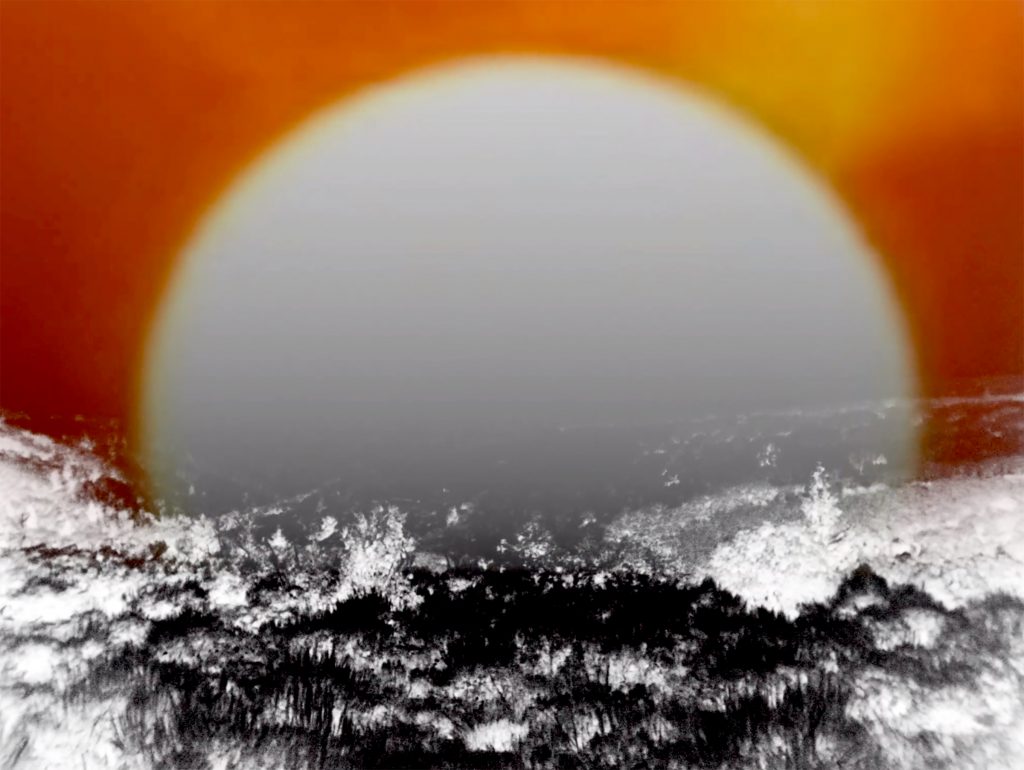By Michael Osorio
At Hunter College, we had the pleasure of talking and interacting with Jason Livingston, an artist who creates videos and digital media art surrounding subjects related to animals and other current situations. While Livingston is currently pursuing a PhD at the University at Buffalo, Livingston’s work has been recognized throughout various galleries and shows and he has won awards for his work. Livingston seems to be very invested in the environment and how the land connects with the previous indigenous people from New York and the surrounding states, his parents were also involved with some companies and some projects that Livingston seemingly draw inspiration from. Livingston also has worked with prisons, especially this one prison from Auburn that has manufactured the majority of the license plates. It appears to me that Livingston actively searches out locations that have some sort of roots to nature or connection to the bigger world but is hidden to the average person. For example, Livingston briefly talked about how streaming, such as streaming a movie from Netflix uses up a lot of electricity. Livingston is heavily invested in the well-being of the world, whether it is about the health of earth or the health of society. Livingston also gave us the pleasure of showing us one of his latest projects called Ancient Sun.

Ancient Sunshine focuses on the location of Vernal and Carbon County which are located in Utah. The piece is somewhat narrative as we are shown what these locations look like while listening to people talk about their experiences in these respective locations. The video opens up with goats, and we even see a dead goat while the people talking hear amused. Then in Vernal, there are people who talk about a shop that charge extra if you’re liberal, and they held a sign “honk if you love babies” to raise awareness of the effect negative of the pollution on infancy and they were competing with someone who had a sign that said, “honk if you love drilling”. Then in Carbon County, a man was talking about the history of mining in the county and how they unionized and aren’t completely Utah in a sense. The audience sees goats being handled by children and a woman talking about how the oil rigs are meant to reduce dependency on foreign oil which is apparently a lie because those oil rigs are used to control trade. We then see several odd images in black and white most likely relating to Utah and its oil rigs and suddenly the announcement of the passing of Muhammad Ali overtakes the topic. We can hear Muhammad Ali talk about racism while we see images of Carbon County oil and mining. A lady then proceeds to talk about a rainbow event and how it taught her many things in regards to camping, and then we see a giant sun descend on an inverted black and white land. A lot of the video moving forward is invented black and white until we see some sort of smithy and some odd animal-shaped objects. The video ends with a text that shows resistance isn’t slowing down despite their struggles. It’s clear that the video is very political and disagrees with the actions taken by the companies and corporations sacrificing the health of many for money and control over stuff like trade. It’s a rather intense video that’s meant to cause the viewer discomfort. It’s almost like the video is supposed to be a call to action or a rally for the supporters of the resistance.
